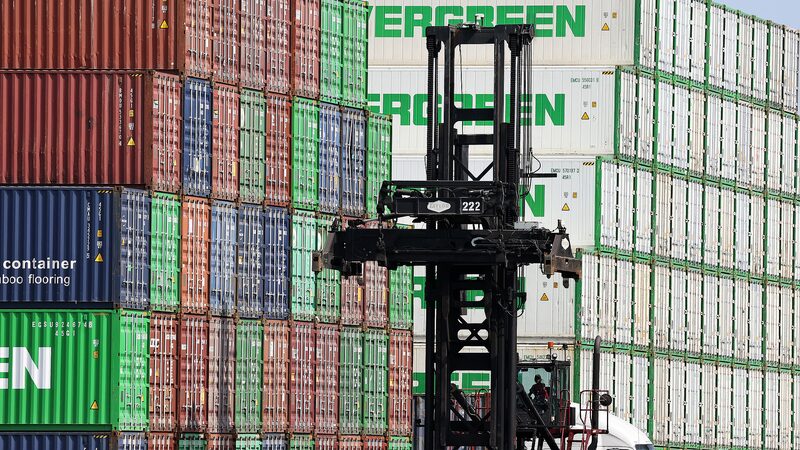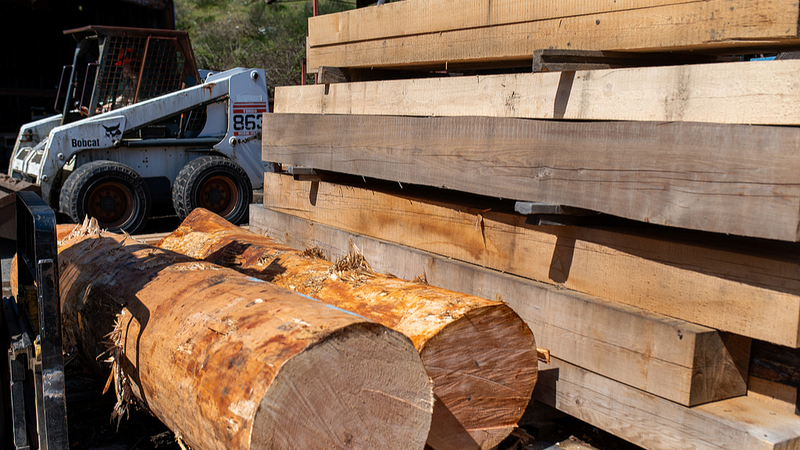The United States will impose new tariffs on imported timber and furniture starting October 14, triggering concerns across global supply chains and the US housing sector. Data reveals a 3% year-on-year decline in US wood and furniture imports during the first half of 2025, signaling early market adjustments to anticipated trade barriers.
Analysts warn the tariffs could exacerbate challenges for the US housing market, where over 90% of new homes rely on wood-frame construction. Rising material costs may further strain affordability in a sector already grappling with high mortgage rates and labor shortages.
Asian exporters face significant ripple effects. Vietnam, which supplies 37% of US furniture imports, and the Chinese mainland, a key timber processing hub, are preparing contingency plans. 'This disrupts decades-old supply networks,' said Singapore-based trade analyst Raj Patel. 'Businesses are reevaluating partnerships from Malaysian sawmills to Japanese design studios.'
US retailers report growing consumer anxiety, with home improvement chains seeing a 15% spike in pre-tariff purchases. The move comes as global furniture trade reaches $800 billion annually, with Asia accounting for 65% of production.
Reference(s):
Trump tariffs on timber and furniture hit furniture industry
cgtn.com








